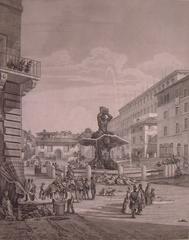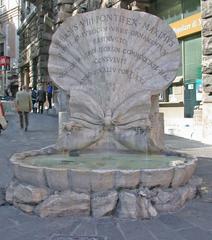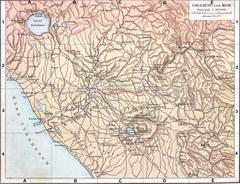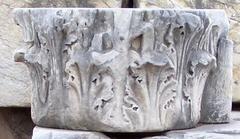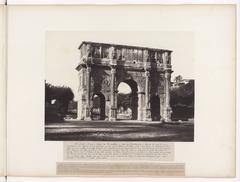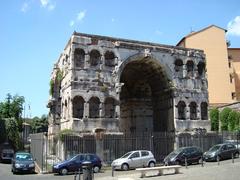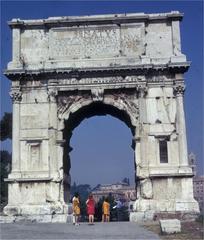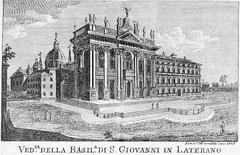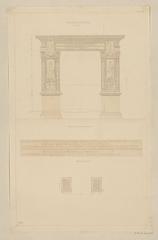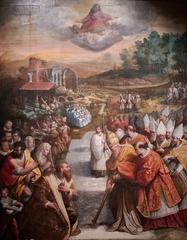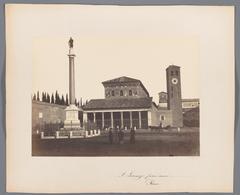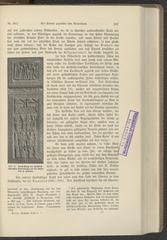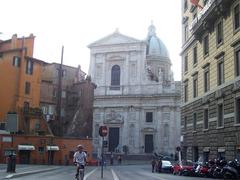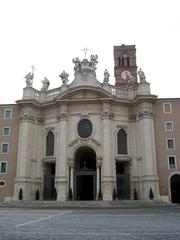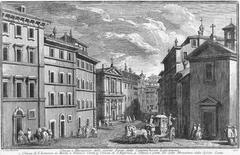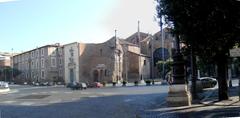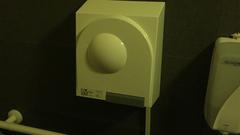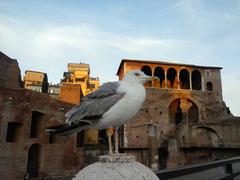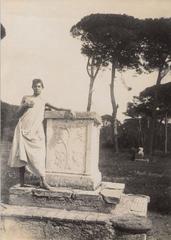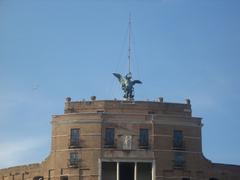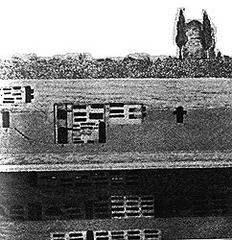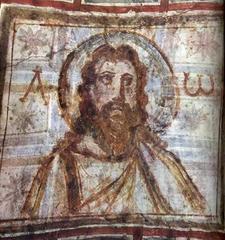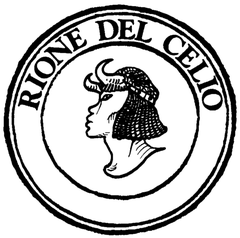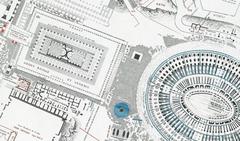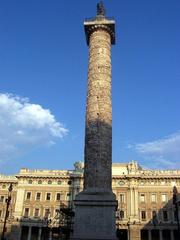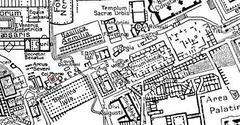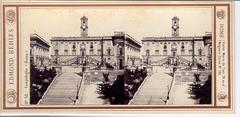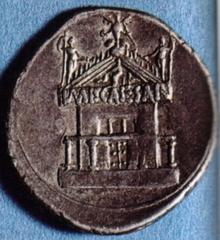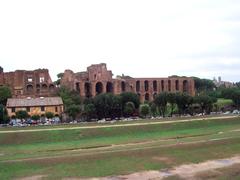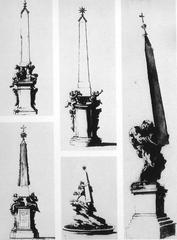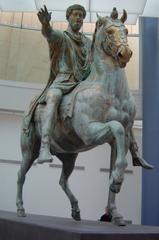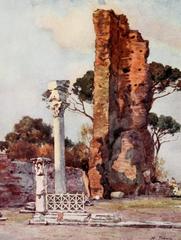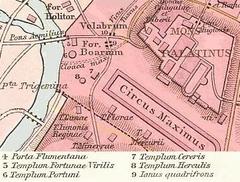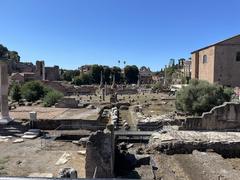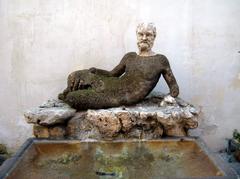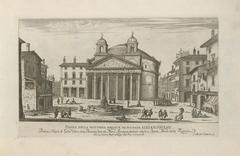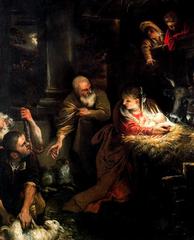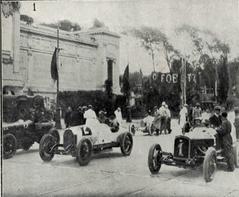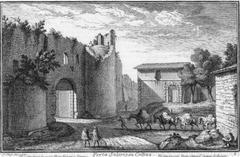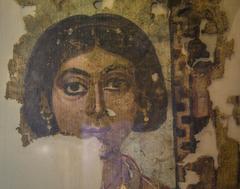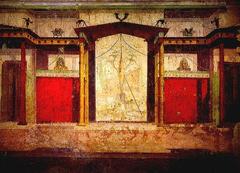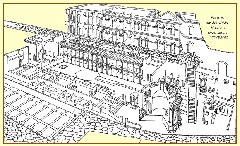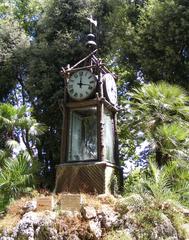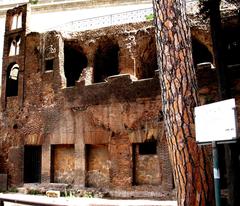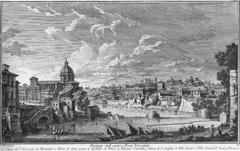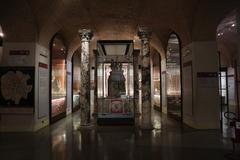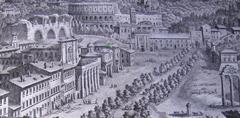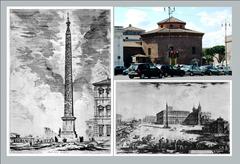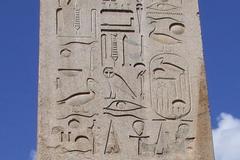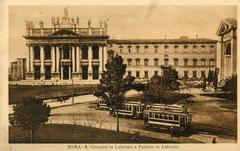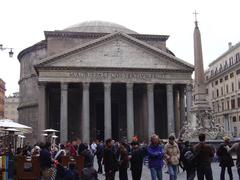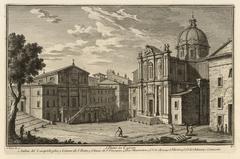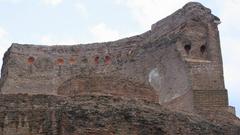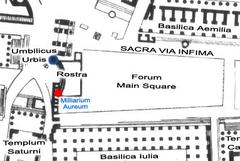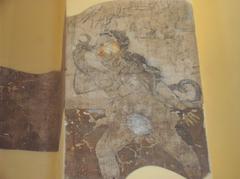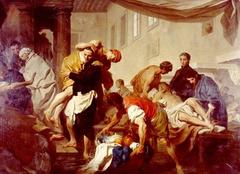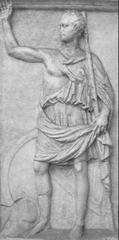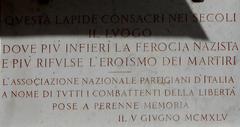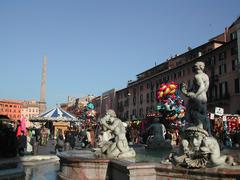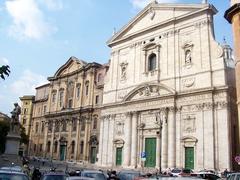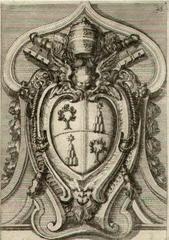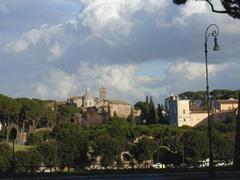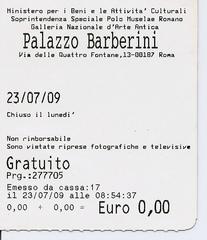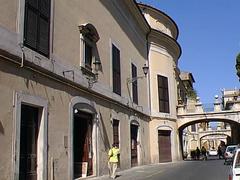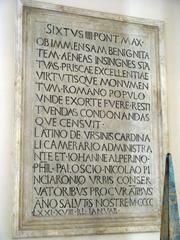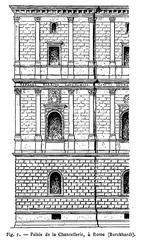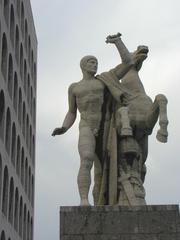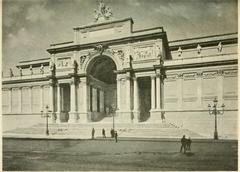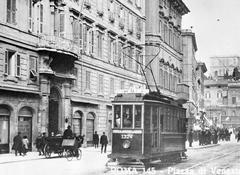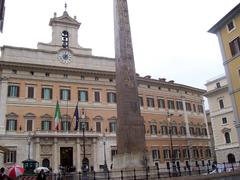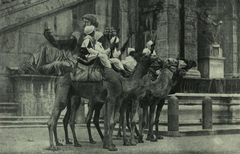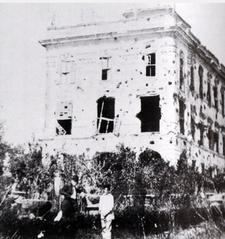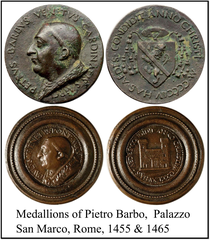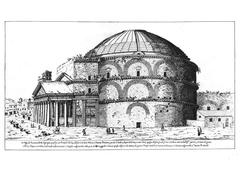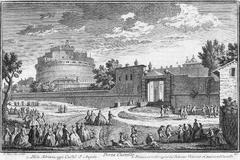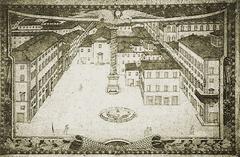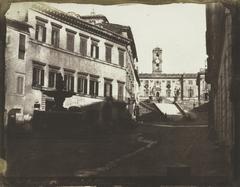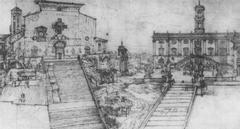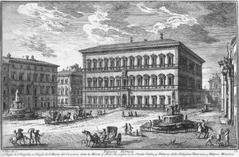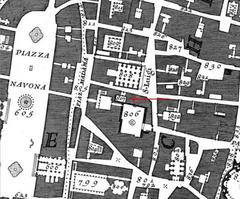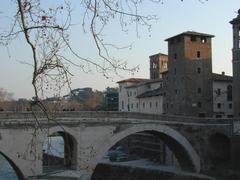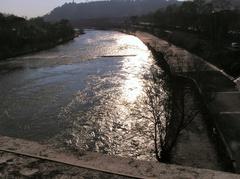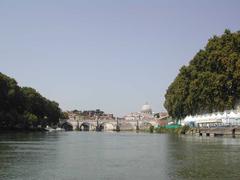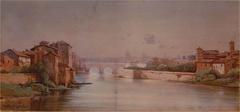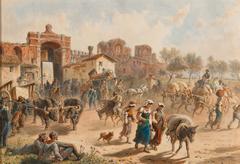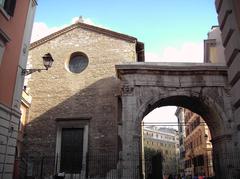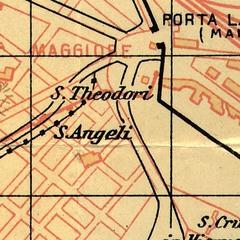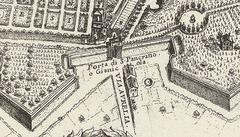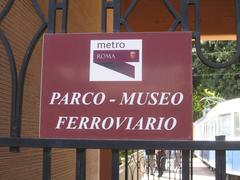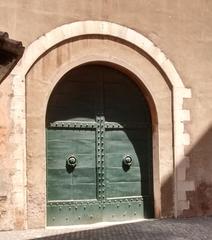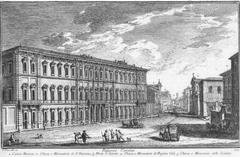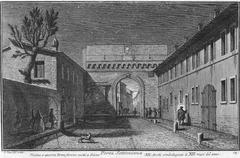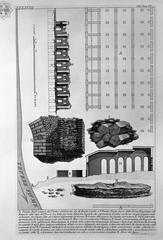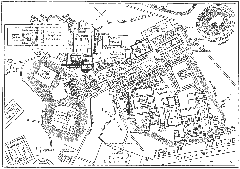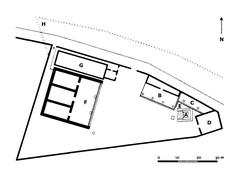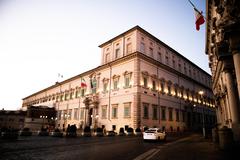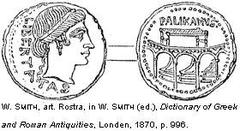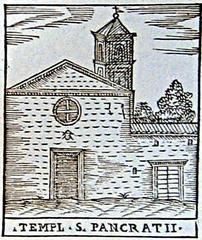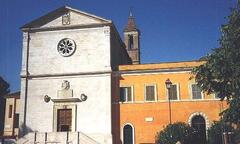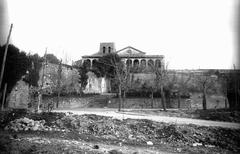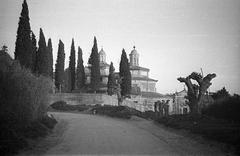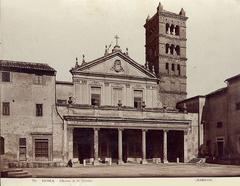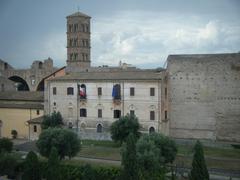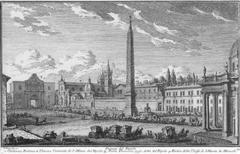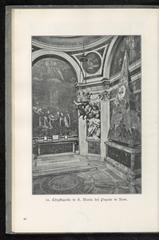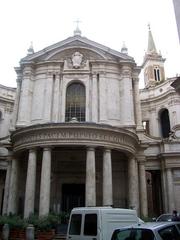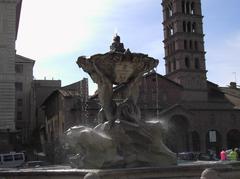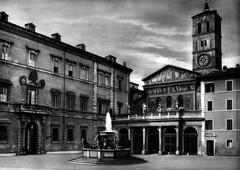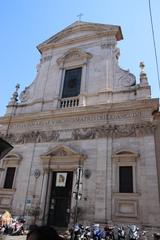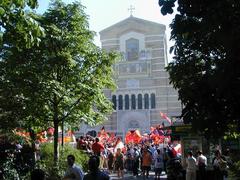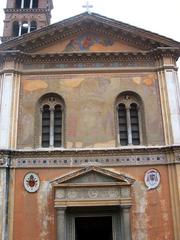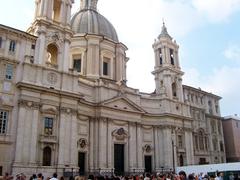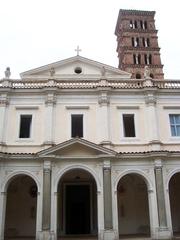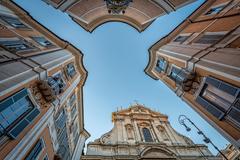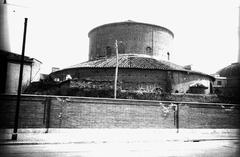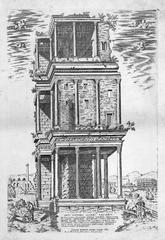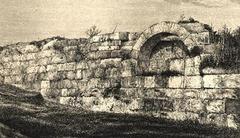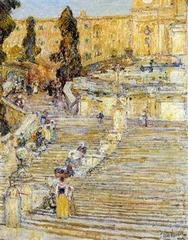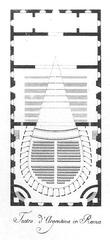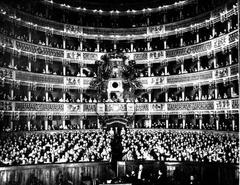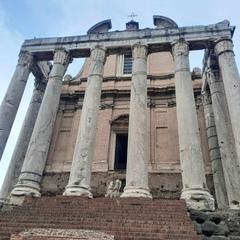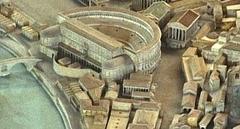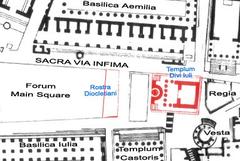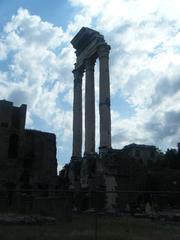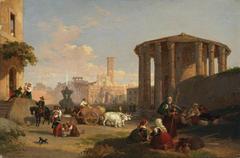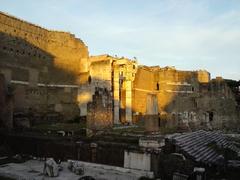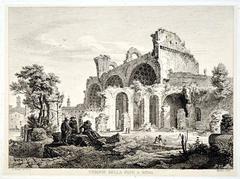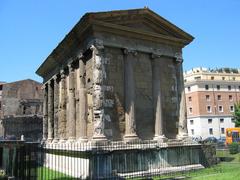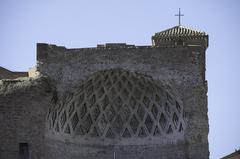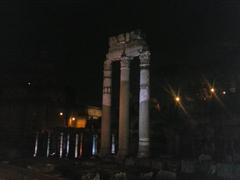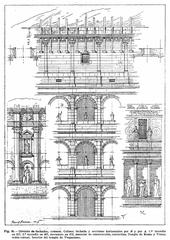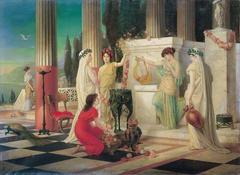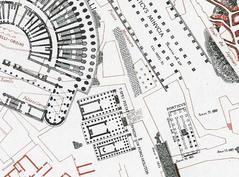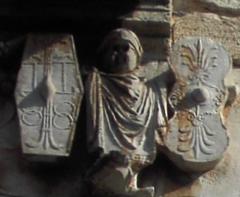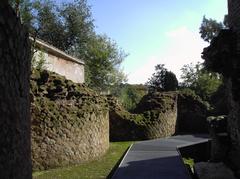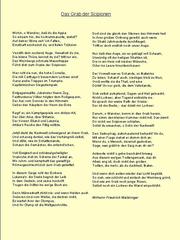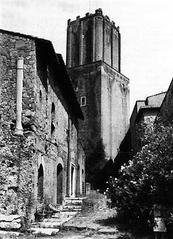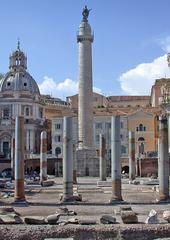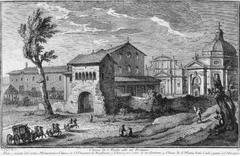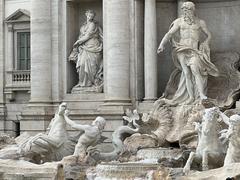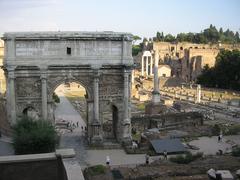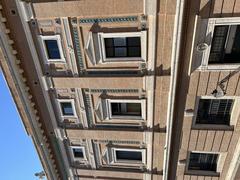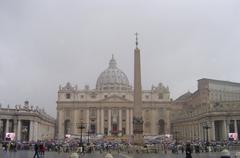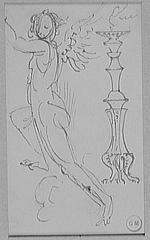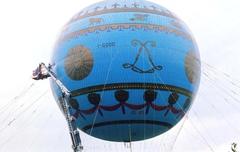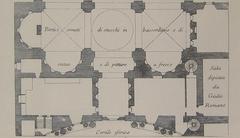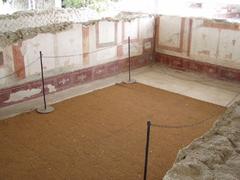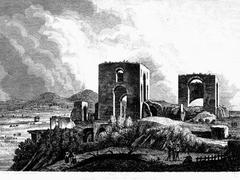
Visiting Fontana delle Api in Rome: Hours, Tickets, and Tips
Date: 01/08/2024
Introduction
Fontana delle Api, or the Fountain of the Bees, is an often overlooked yet significant historical site located in the heart of Rome. Designed by the illustrious Gian Lorenzo Bernini in 1644, this Baroque fountain was commissioned by Pope Urban VIII as a functional piece serving as a watering trough for horses, but it also stands as a testament to the artistic and cultural richness of the period (Wikipedia). The fountain’s intricate design, featuring three bees resting on a large marble shell, is emblematic of the Barberini family, symbolizing virtues like diligence, loyalty, and courage (Rome Wanderlust). The Fontana delle Api’s journey through time, marked by relocations, restorations, and even acts of vandalism, encapsulates the dynamic history of Rome itself, making it a must-visit for anyone interested in the city’s architectural and cultural heritage (Howdy Europe). This guide provides comprehensive insights into the fountain’s history, cultural significance, and practical information to enhance your visit.
Table of Contents
- Introduction
- History of Fontana delle Api
- Historical Significance
- Cultural Impact
- Modern-Day Relevance
- Visitor Information
- Conclusion
- FAQ
- References
Discovering the Fontana delle Api: History, Significance, and Visitor Tips
History of Fontana delle Api
Commission and Construction
The Fontana delle Api was commissioned by Pope Urban VIII in 1644 and designed by the renowned architect and sculptor Gian Lorenzo Bernini. This commission came shortly after Bernini completed the more elaborate Fontana del Tritone (Triton Fountain) in the same Piazza Barberini. The Fontana delle Api was intended to serve a practical purpose as a watering trough for horses, known as “beveratore delli cavalli” (Wikipedia).
Symbolism and Design
The fountain’s design is a testament to Bernini’s genius and creativity. It features a large marble bi-valve shell with three bees resting on it, symbolizing the Barberini family, to which Pope Urban VIII belonged. The bees are not just decorative elements but carry significant heraldic meaning, representing the virtues of diligence, loyalty, and courage (Rome Wanderlust).
Initial Location and Purpose
Originally, the Fontana delle Api was located at the intersection of Via Sistina and Piazza Barberini. Its primary function was to provide water for horses, a common necessity in 17th-century Rome. The fountain’s inscription reads: “Urban VIII Pont. Max., having built a fountain for the public ornamentation of the City, also built this little fountain to be of service to private citizens. In the year 1644, XXI of his pontificate” (Wikipedia).
Relocation and Restoration
Over the centuries, the Fontana delle Api has undergone several relocations and restorations. In the second half of the 19th century, it was dismantled and reassembled at the corner of Via Vittorio Veneto and Via di San Basilio due to traffic concerns (Rome City Guide). The grand opening of the renewed fountain took place on January 28, 1916. Further restoration occurred in 2000 to preserve its historical and aesthetic value (Howdy Europe).
Damage and Repairs
The fountain has not been immune to damage. In 2004, a vandal from Venice smashed the head of one of the bees with a hammer. The damaged part was later replaced with a replica, and the vandal, who was found to be mentally ill, was sent for treatment rather than punishment (Howdy Europe).
Historical Significance
The Fontana delle Api holds a unique place in Rome’s rich tapestry of historical monuments. It is considered one of Bernini’s lesser-known works but remains a significant piece of public art. The fountain’s connection to the Barberini family and its role in the urban development of Rome during the papacy of Urban VIII add layers of historical and cultural significance (The Magic of Rome).
Cultural Impact
The fountain’s bees have become an enduring symbol of the Barberini family and their contributions to Rome. The story of the Barberini family’s association with bees, as recounted in local lore, adds a mythical dimension to the fountain’s history. According to legend, a wild honey miner saved the life of the Barberini heir using herbal infusions and bee venom, leading to the adoption of bees as the family’s heraldic symbol (Howdy Europe).
Modern-Day Relevance
Today, the Fontana delle Api continues to be a popular spot for both tourists and locals. Its intricate design and soothing sound provide a peaceful oasis amidst the bustling city. The fountain’s recent restorations, including the application of a fresh coat of gold leaf to the bees, ensure that it remains a beautiful and functioning part of Rome’s cultural heritage (The Magic of Rome).
Visitor Information
Accessibility and Visitor Experience
The fountain is easily accessible, located near the Barberini metro station and several bus routes. Visitors can enjoy the fountain while exploring other nearby attractions, such as the Fontana del Tritone, Palazzo Barberini, and the Trevi Fountain (Mama Loves Rome). The Piazza Barberini area offers a rich blend of historical and modern experiences, making it a must-visit for anyone interested in Rome’s architectural and cultural heritage.
Visiting Hours and Tickets
The Fontana delle Api is accessible 24/7 and does not require any entrance fee. It is an open public space, making it easy for visitors to include it in their itinerary at any time of the day.
Tips for Visitors
- Best Time to Visit: Early morning or late evening to avoid crowds.
- Photography Spots: Capture the intricate details of the bees and the shell. The best angles are often from a low perspective, focusing on the bees against the backdrop of Piazza Barberini.
- Nearby Amenities: Numerous cafes and restaurants are available around Piazza Barberini for a quick refreshment.
Accessibility for Visitors with Disabilities
The area around the Fontana delle Api is generally accessible to visitors with disabilities. There are no steps leading to the fountain, and the surrounding piazza is relatively flat.
Special Events and Guided Tours
While the Fontana delle Api itself does not host specific events, it is often included in guided tours of Bernini’s fountains in Rome. Check with local tour operators for more information.
Conclusion
The Fontana delle Api is more than just a fountain; it is a historical artifact that encapsulates the artistic brilliance of Bernini and the cultural legacy of the Barberini family. Its journey through time, marked by relocations, restorations, and even acts of vandalism, reflects the dynamic history of Rome itself. As a piece of public art, it continues to inspire and captivate, offering a glimpse into the past while remaining a cherished part of the city’s present.
FAQ
What are the visiting hours for Fontana delle Api?
- The fountain is accessible 24/7.
Is there an entrance fee for Fontana delle Api?
- No, the Fontana delle Api is free to visit.
How do I get to Fontana delle Api?
- The fountain is located near the Barberini metro station and several bus routes.
Are there guided tours available for Fontana delle Api?
- Yes, the fountain is often included in guided tours of Bernini’s fountains in Rome.
References
- Fontana delle Api - Wikipedia. (n.d.). Retrieved from Wikipedia
- Piazza Barberini: Everything You Need to Know. Rome Wanderlust. Retrieved from Rome Wanderlust
- Fountain of the Bees. Howdy Europe. Retrieved from Howdy Europe
- Fontana delle Api. Rome City Guide. Retrieved from Rome City Guide
- From the Great Aqueducts to the Famous Fountains of Rome. Google Arts & Culture. Retrieved from Google Arts & Culture
- The Magic of Rome. Retrieved from The Magic of Rome
- Fontana delle Api - Fodor’s Travel. Retrieved from Fodor’s Travel


